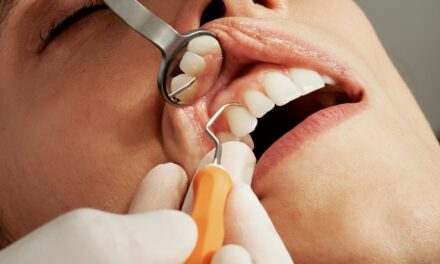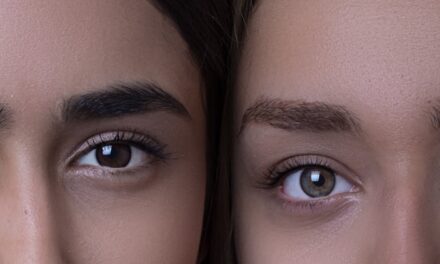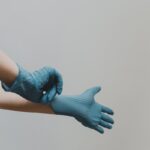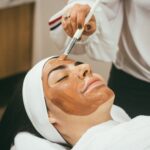By Rosie Wilson
According to a recent research article, the use of Google Glass in plastic surgery has a number of potential benefits, including the possibility to enhance surgical training, medical documentation and even patient safety.
The article, entitled ‘Looking at Plastic Surgery through Google Glass’ has been composed by Christopher R. Davis, MD, and ASPS Member Surgeon Lorne K. Rosenfield MD of Stanford University. It has been published as a special paper in the March 2015 issue of Plastic and Reconstructive Surgery, the official medical journal of the American Society of Plastic Surgeons (ASPS).
The Google Glass was introduced on a limited basis in 2013, and is a hands-free, computerised eyewear system that presents information to the wearer, as well as enabling the recording and sharing of video. Although the system is not yet available to the public, the technology is being developed over several sectors to test its benefits to industry – including healthcare.
The demonstration of surgical procedures – either live or pre-recorded – would have a huge impact on surgical training, as well as the potential for ‘remote consultations’ and even ‘virtual assistance.’ The researchers also noted that Google Glass may be helpful in providing access to medical documentation such as medical history or studies – and may even reduce the risk of patient infection by negating the need for pens and paper or computers.
The article focuses on previous reports on medical and surgical use of Google Glass, before discussing further potential benefits of the integration of the technology into modern cosmetic practice. It also presents Dr. Rosenfield’s experience in performing the first procedure with Google Glass – a combined facelift and blepharoplasty procedure.
The researchers concede that the use of Google Glass for plastic surgery requires refinement – they noted that the video camera performed with limited resolution (which may hinder the training aspect of their findings), that there were some technical difficulties in streaming the footage, and that the surgeon had to keep his head in a fixed position in order for optimum streaming. In the procedures that followed, Dr. Rosenfield fashioned a head-mounted LED light to improve clarity for video viewers.
The researchers concede that there is much work to be done on the development of Google Glass and its place in the surgical field – but remain confident about its potential benefits to the industry. They also note that ‘logistical, ethical and hospital legislative issues’ will need to be addressed before Google Glass can be integrated into a working medical or surgical environment.
“The future of Glass in surgery is very promising and has the potential to make an empowering impact upon the contemporary plastic surgeon not only as a teaching tool for the observer, but for the surgeons themselves,” they concluded.


















